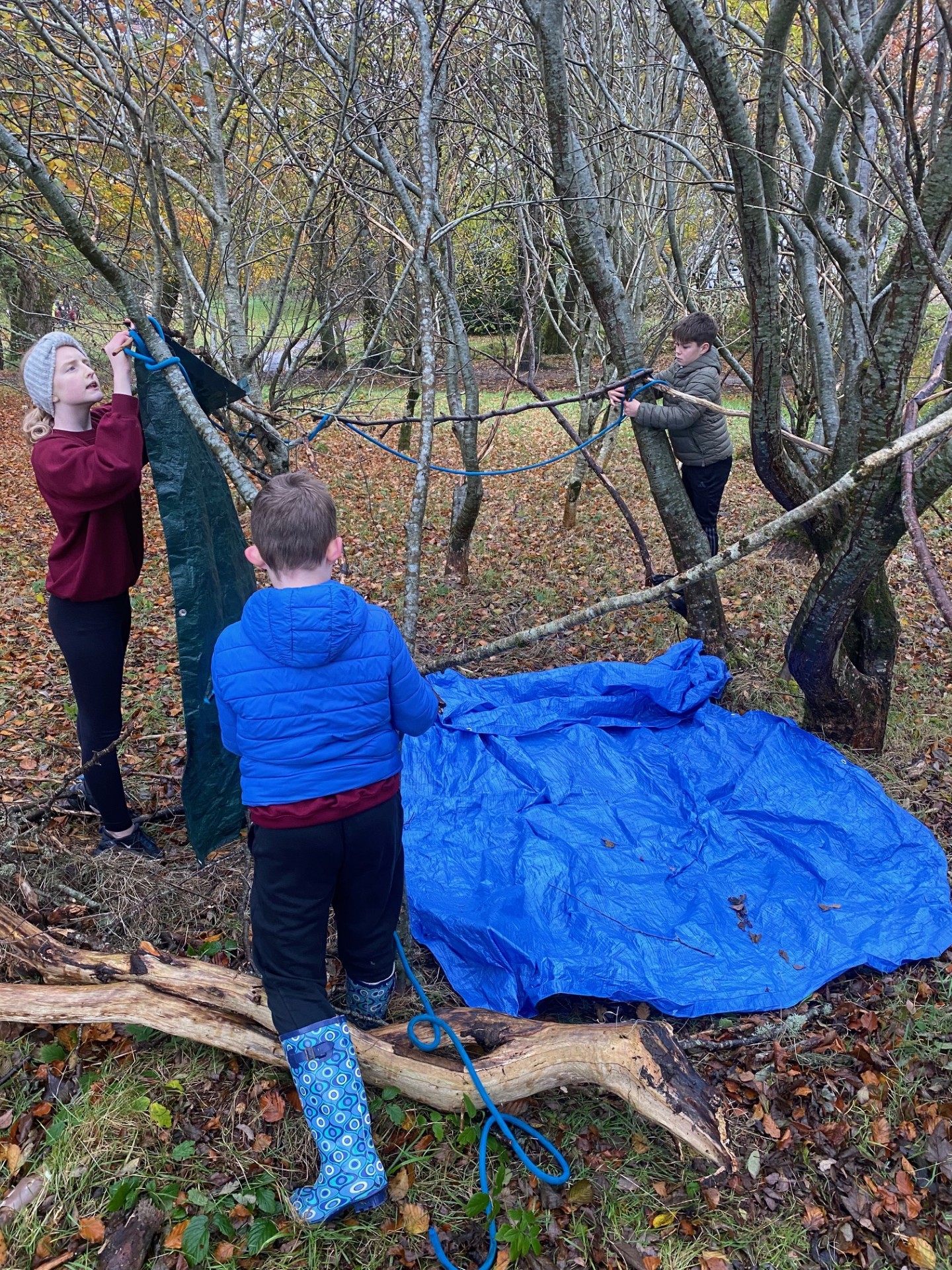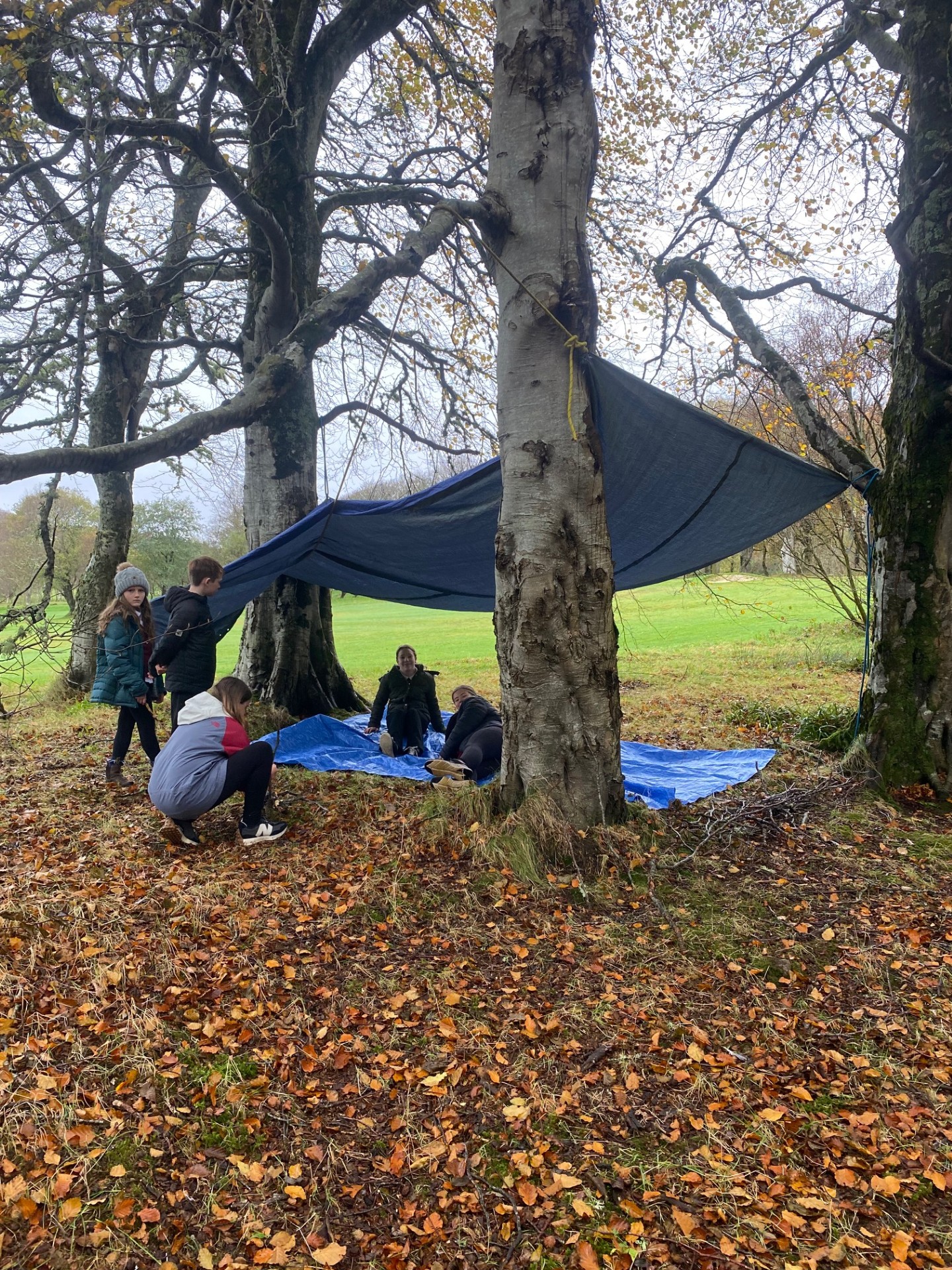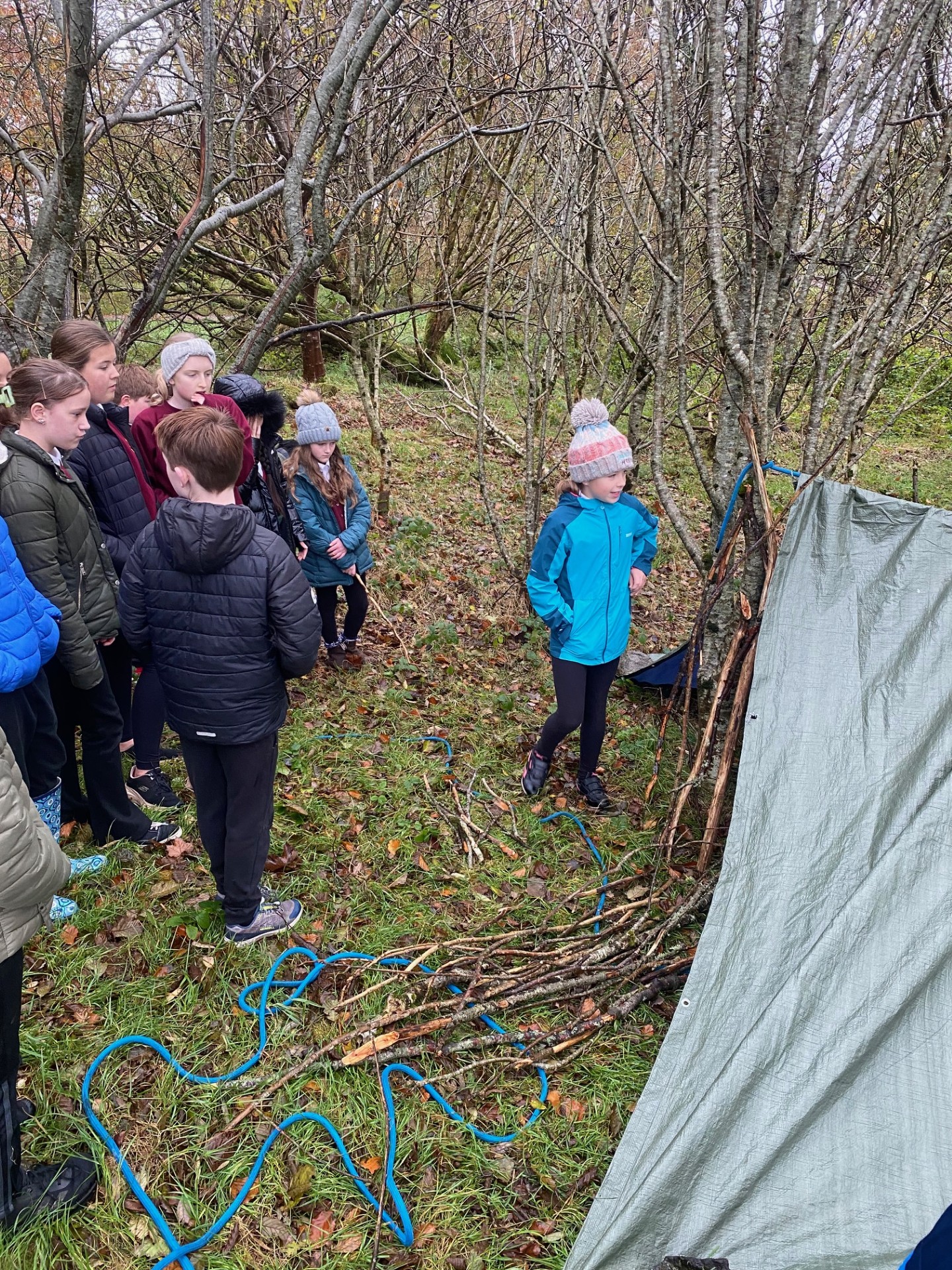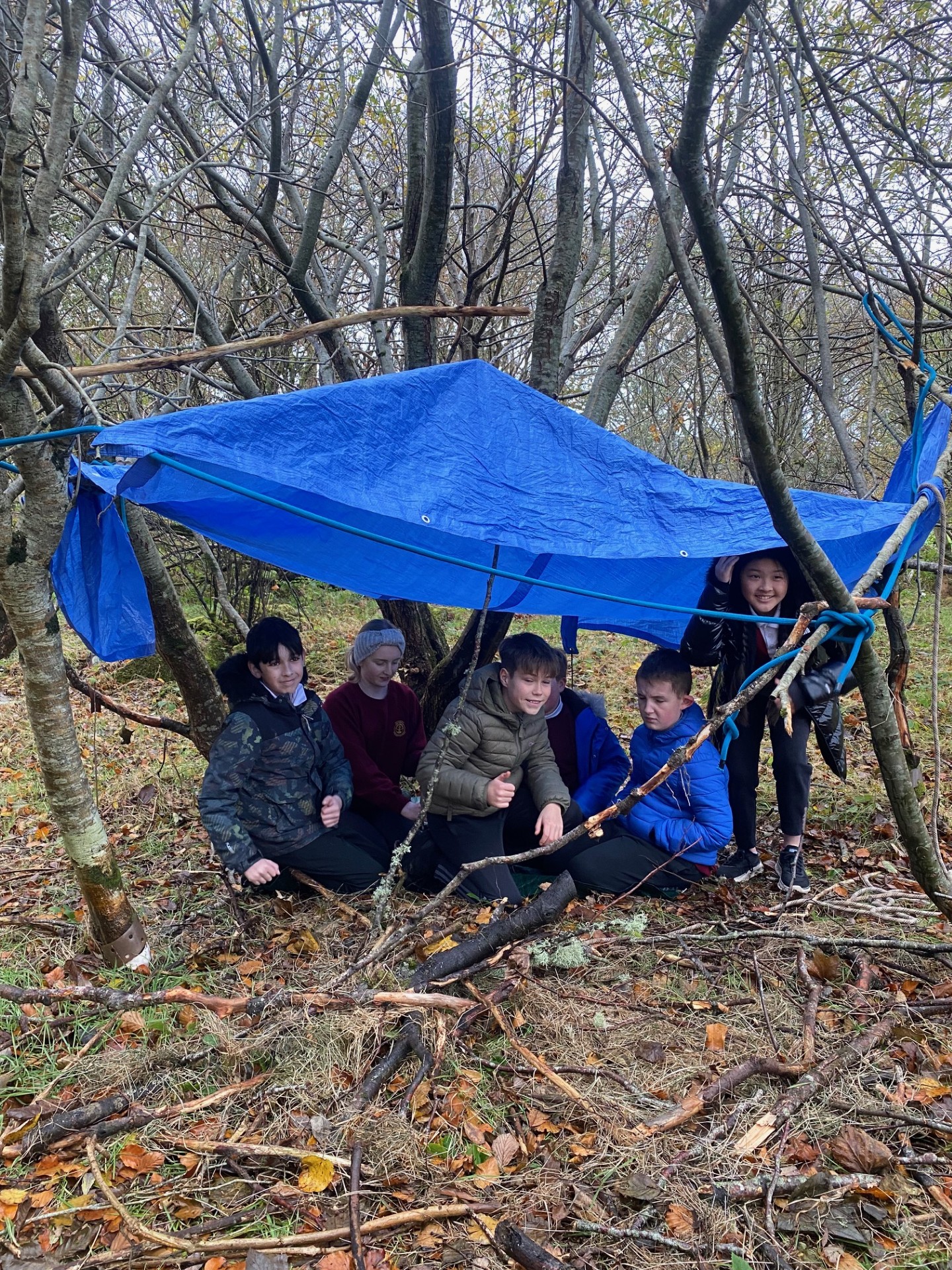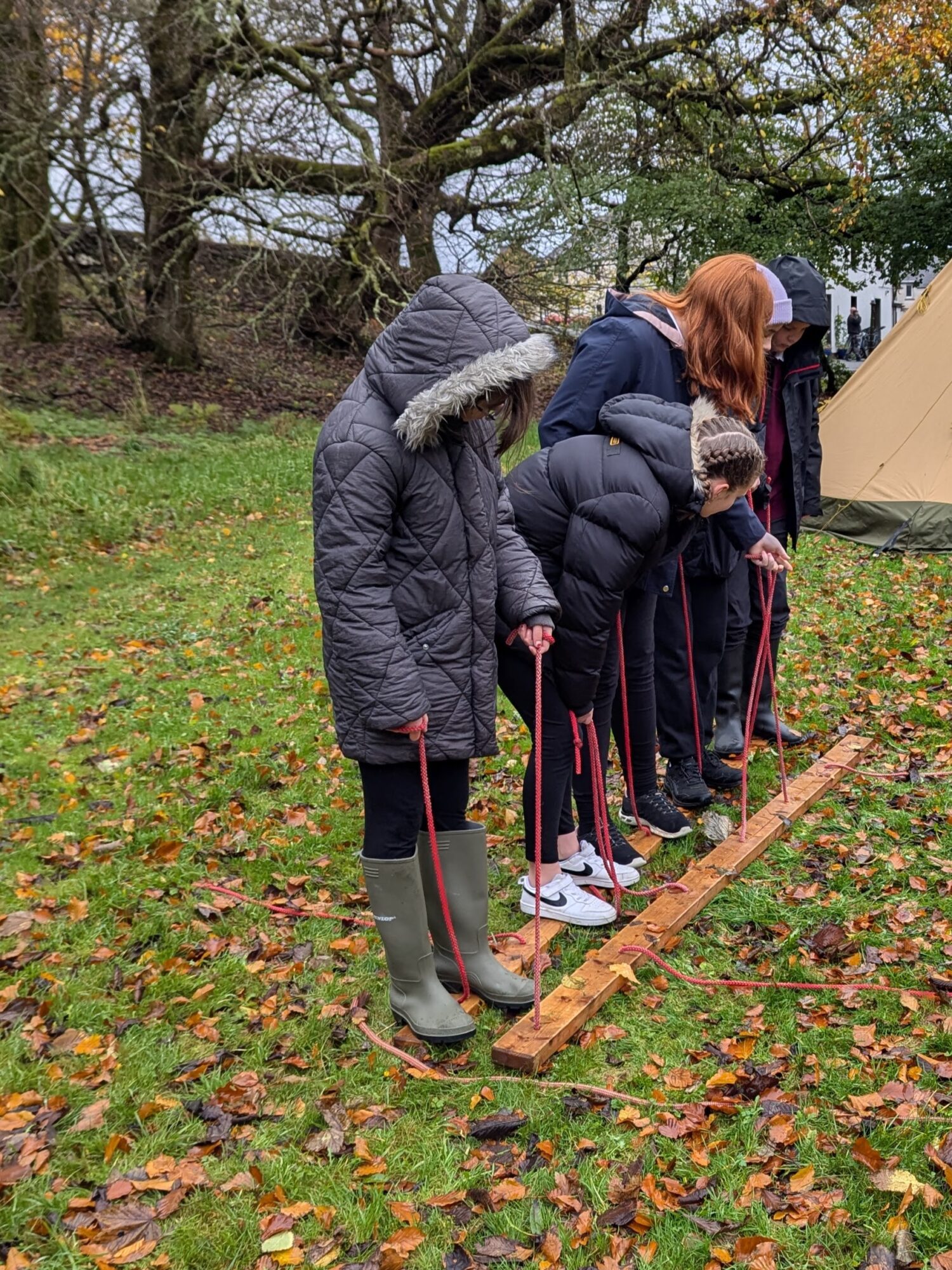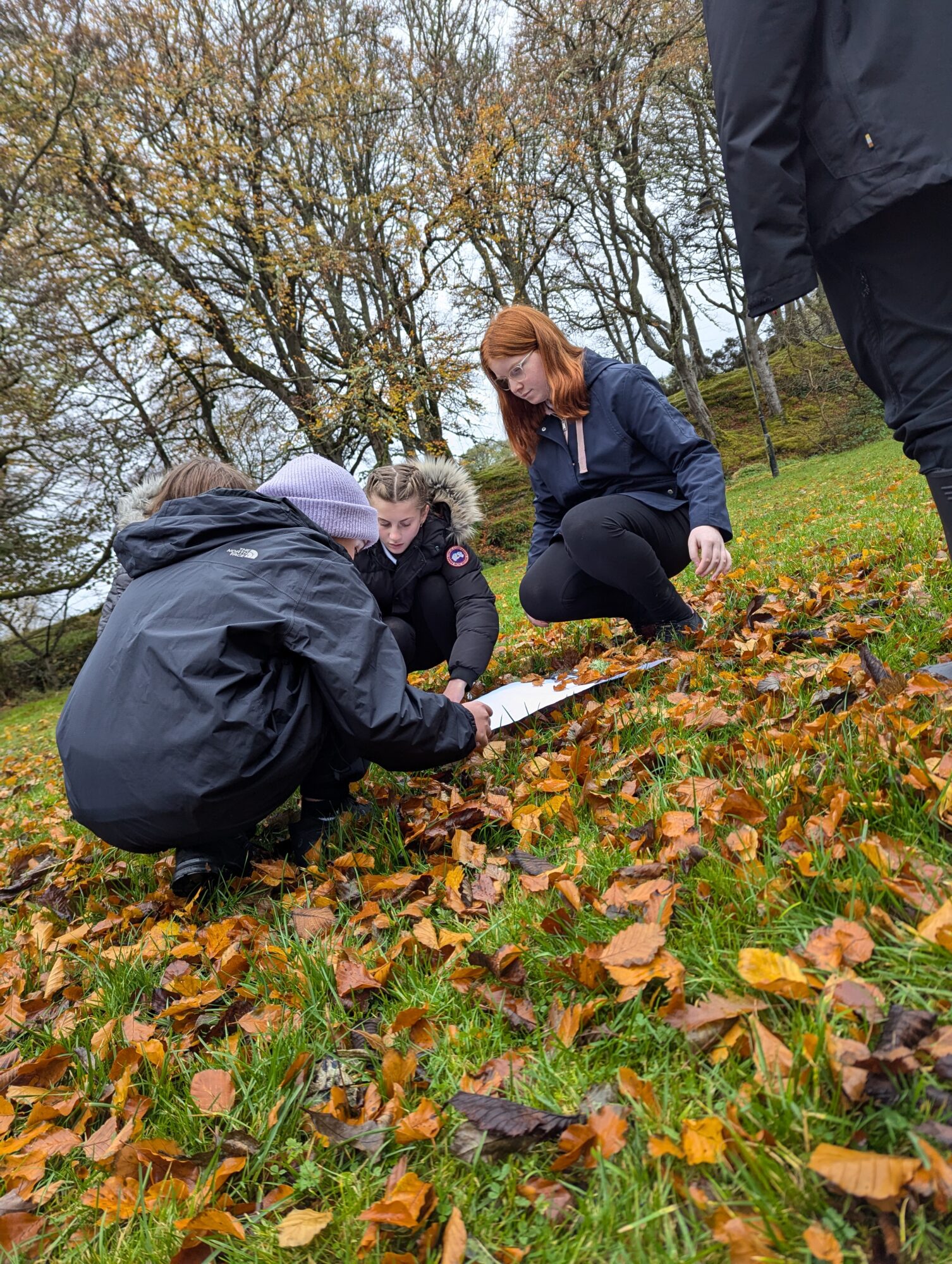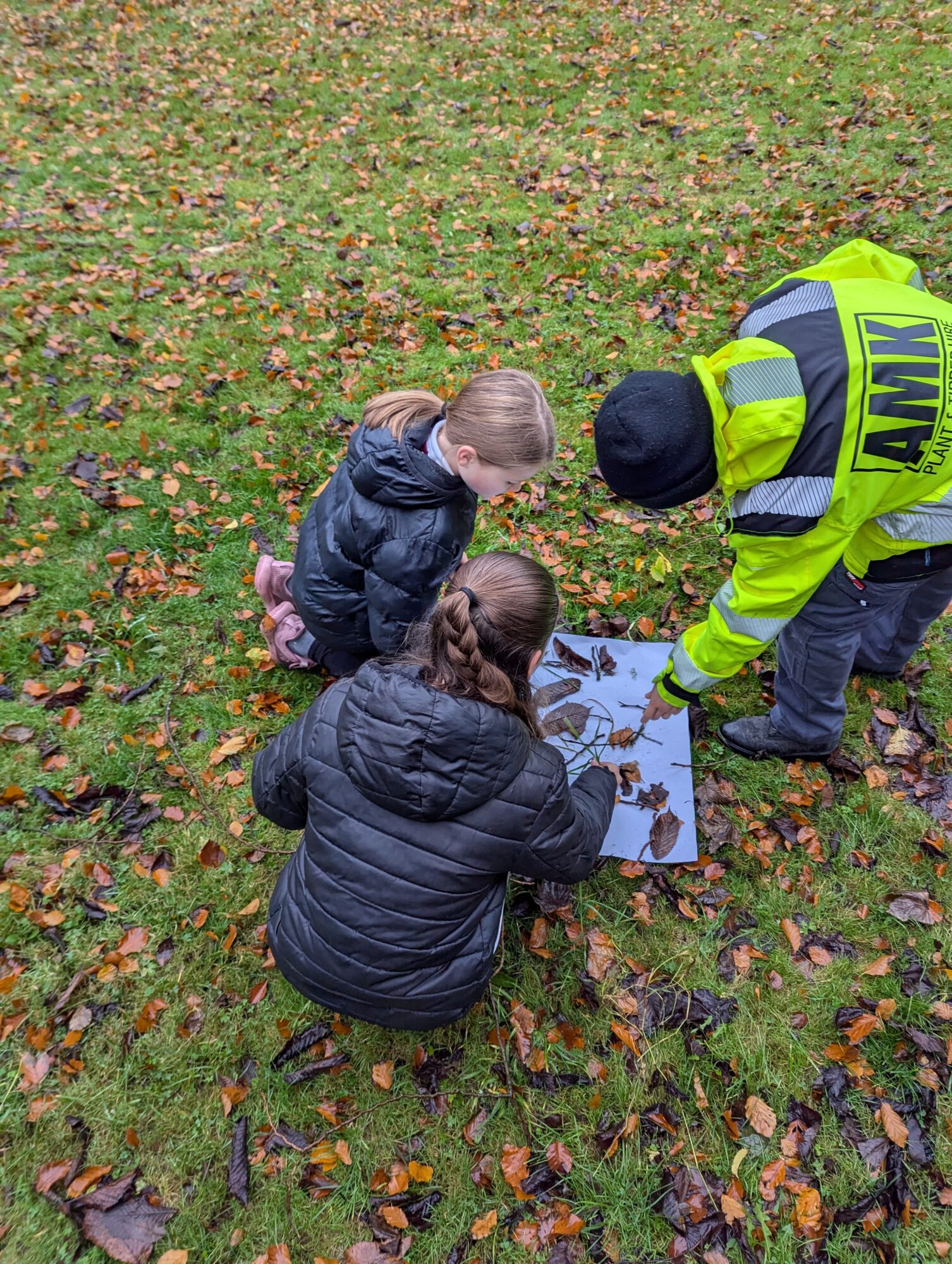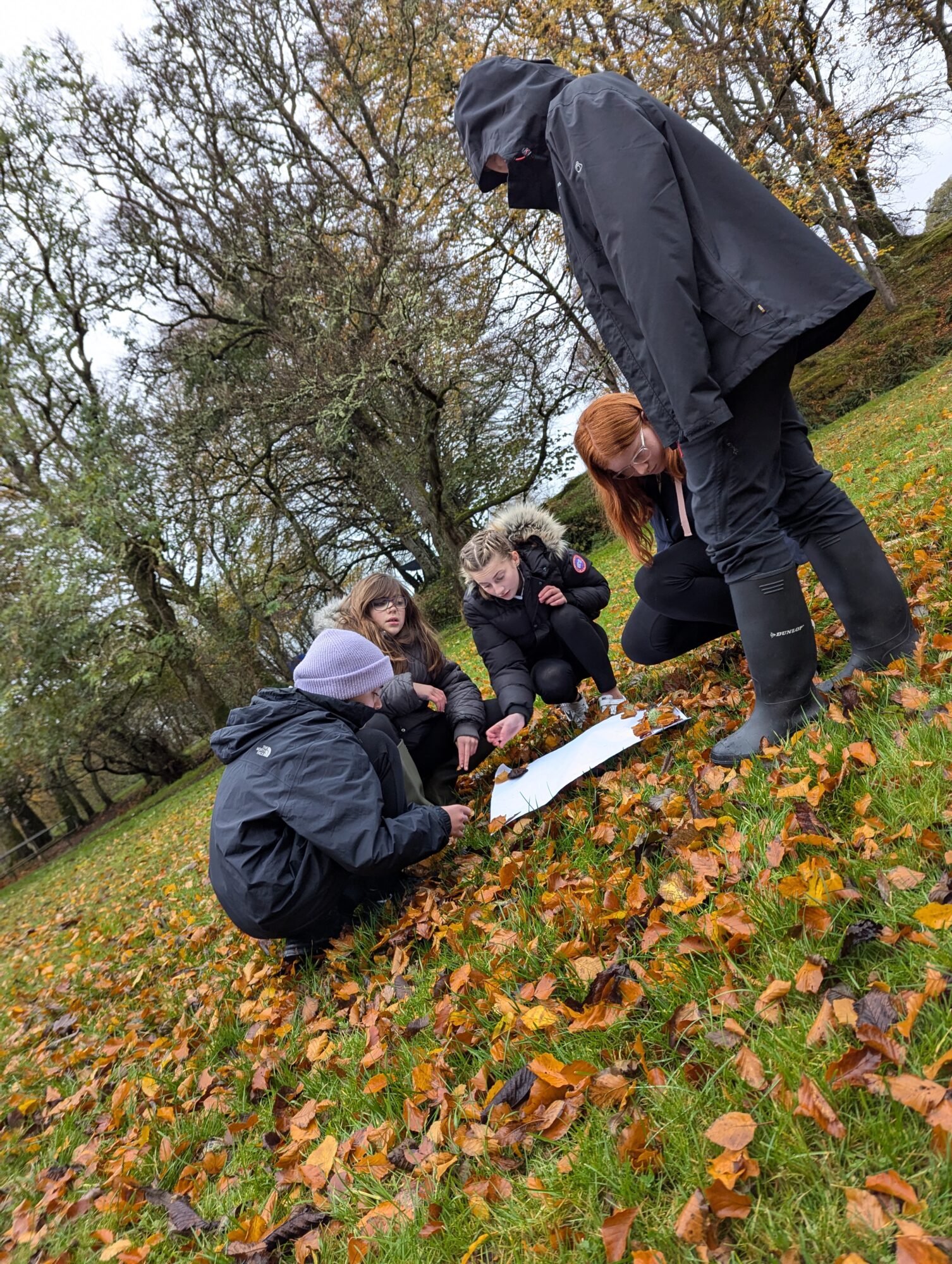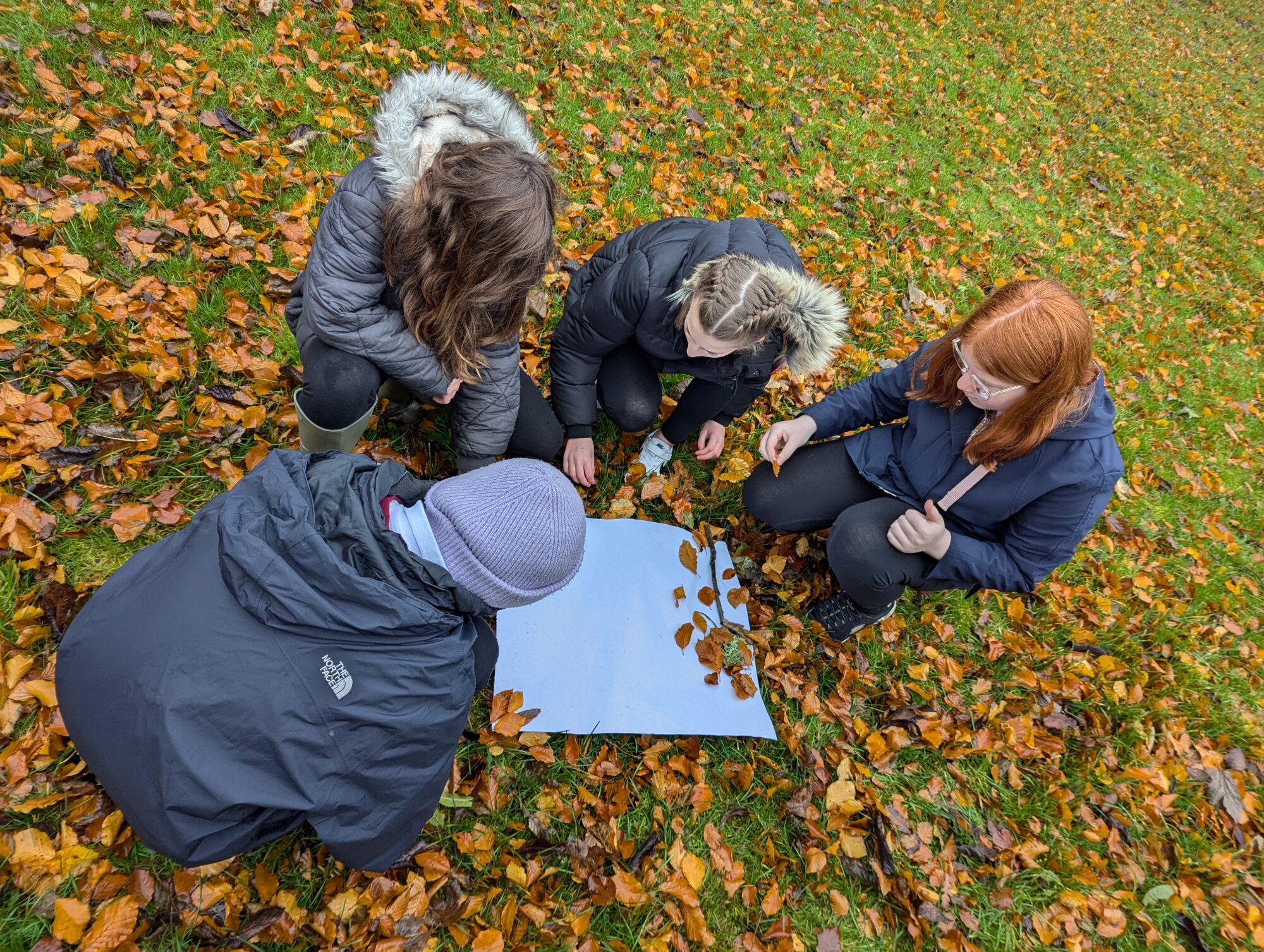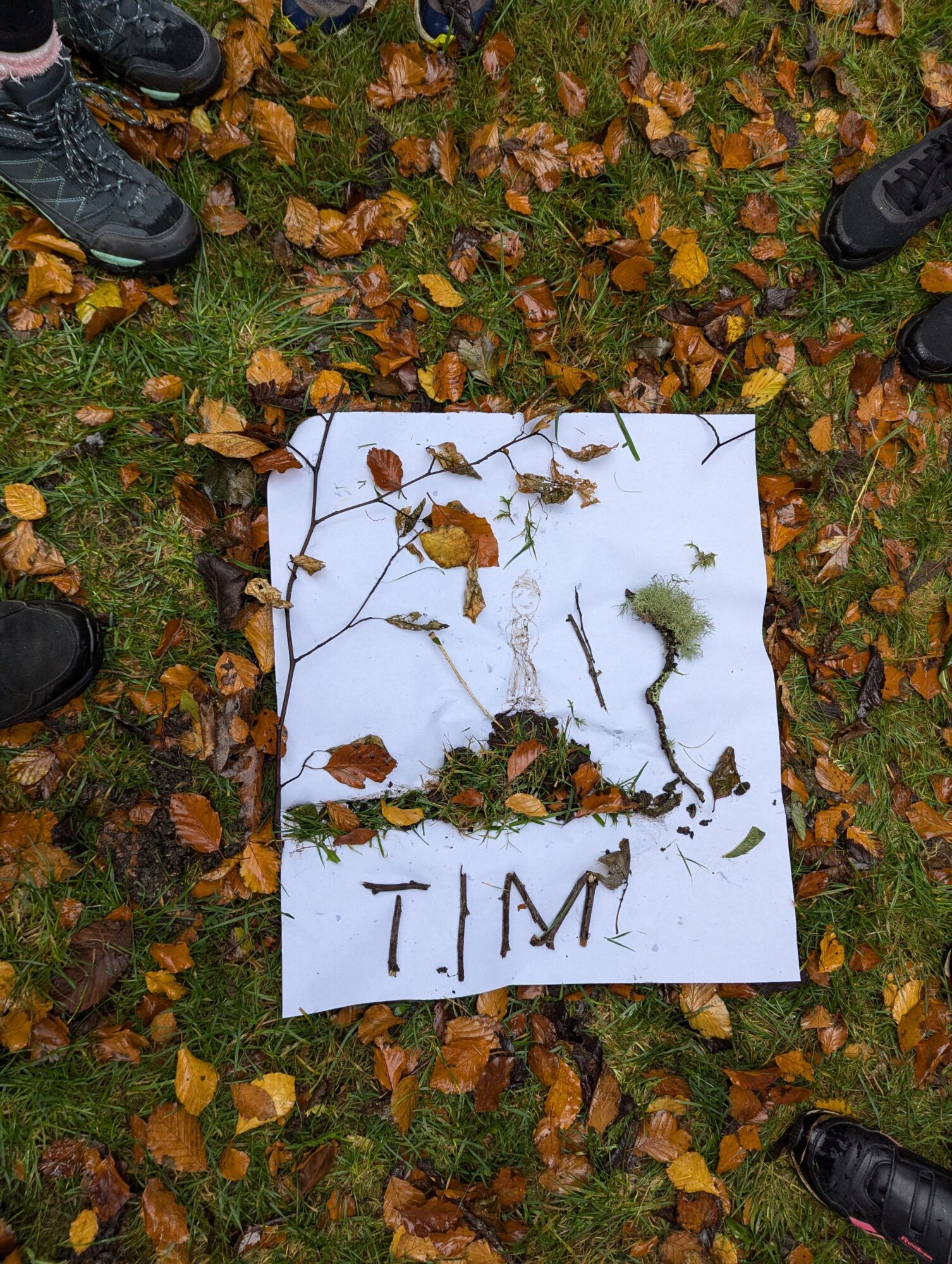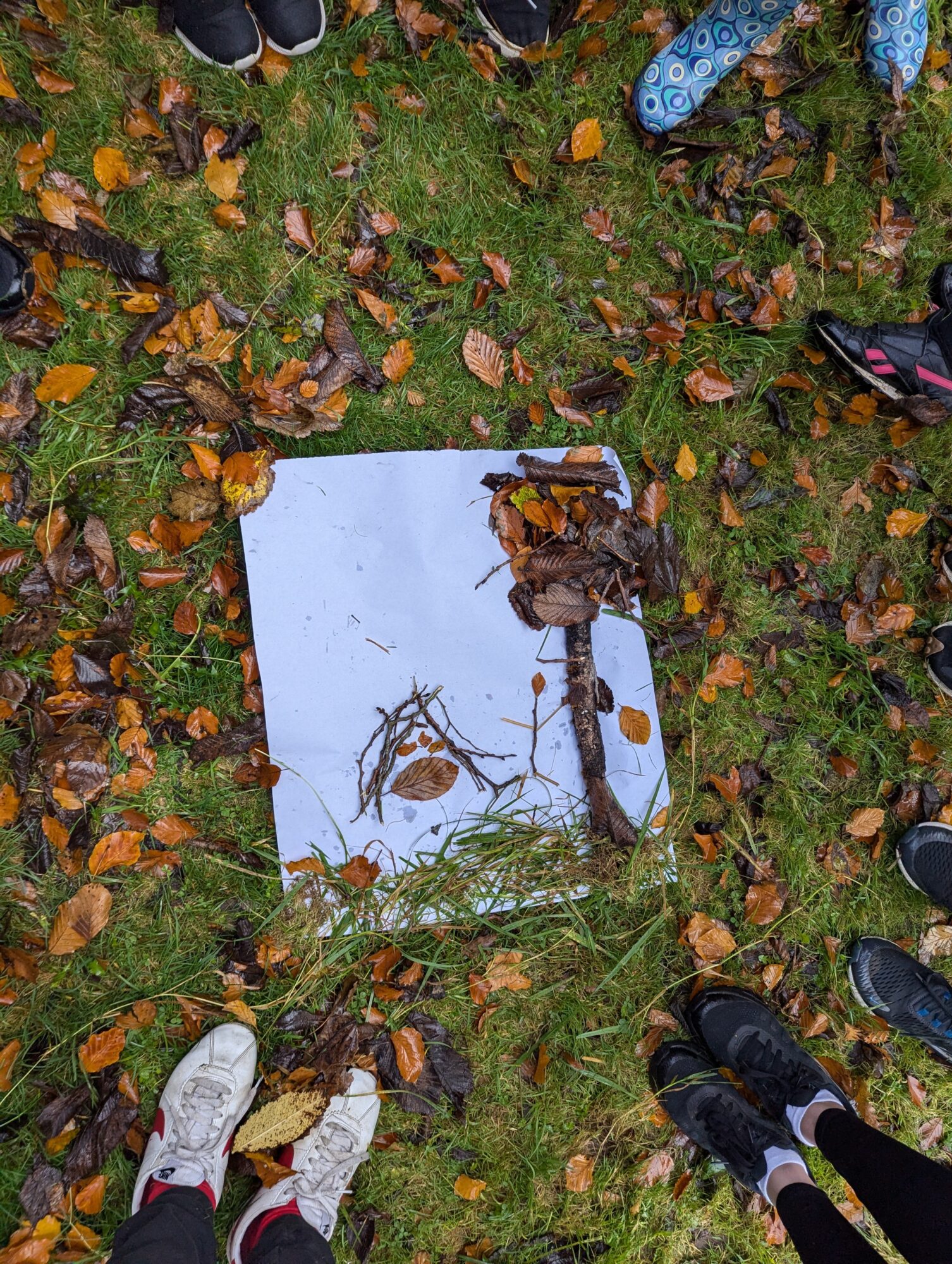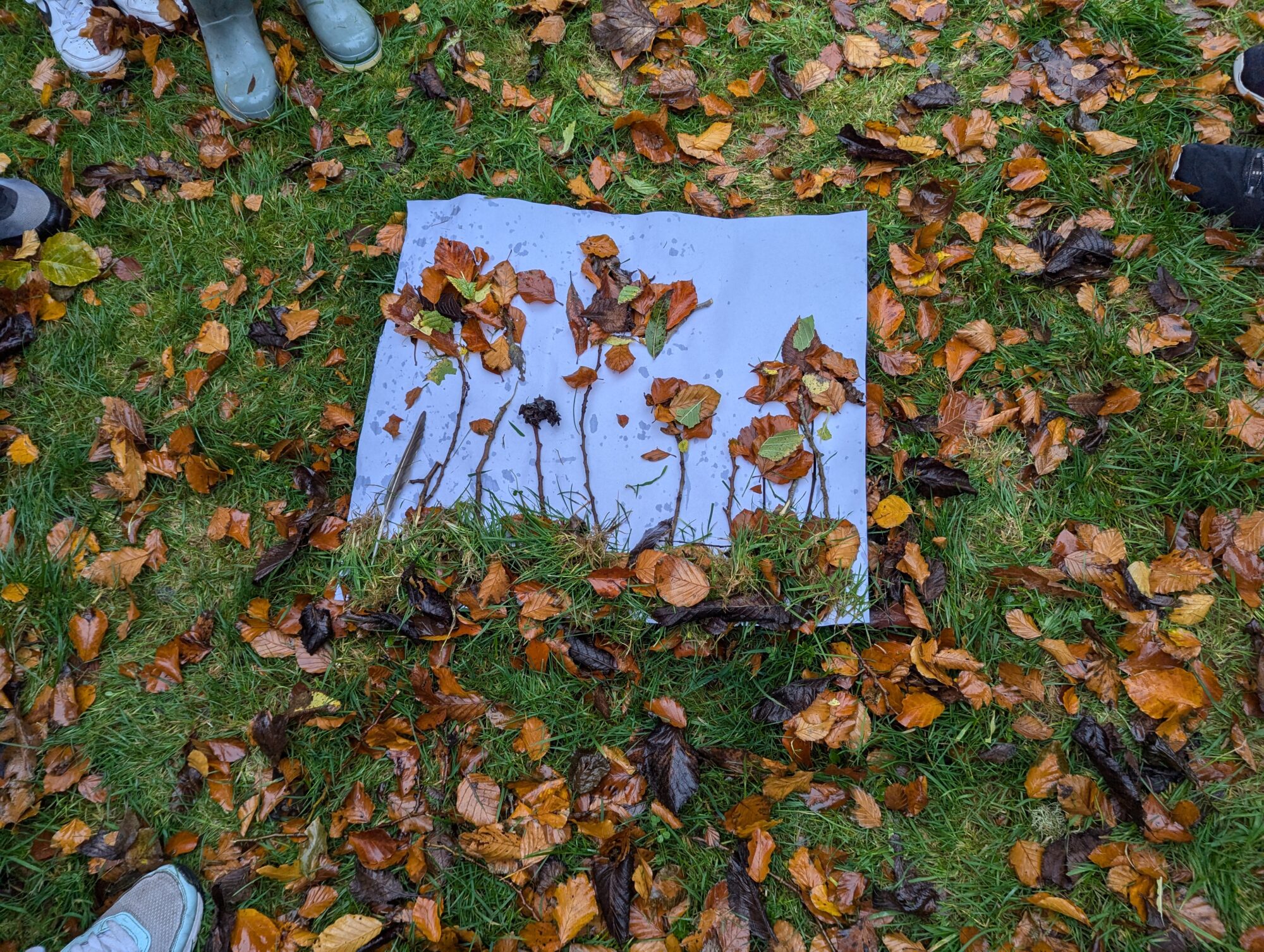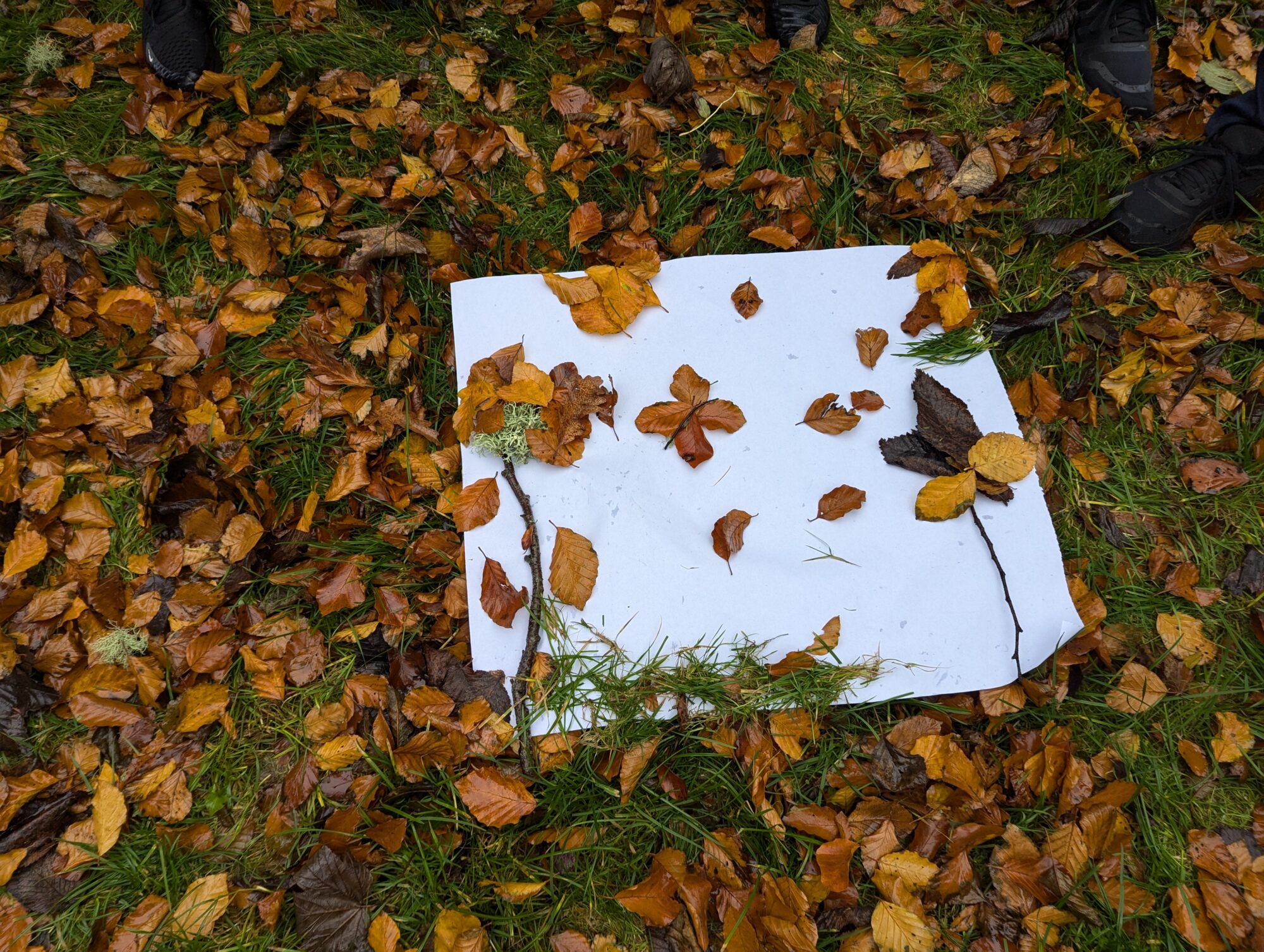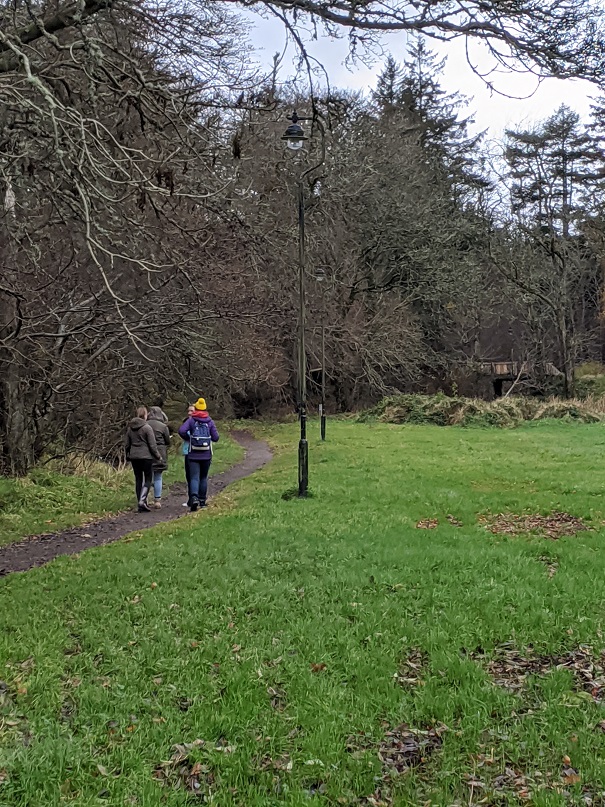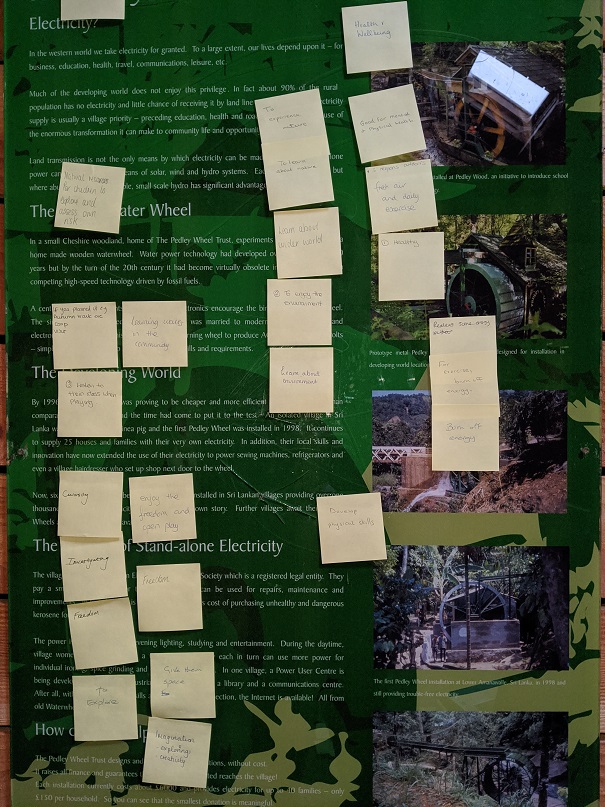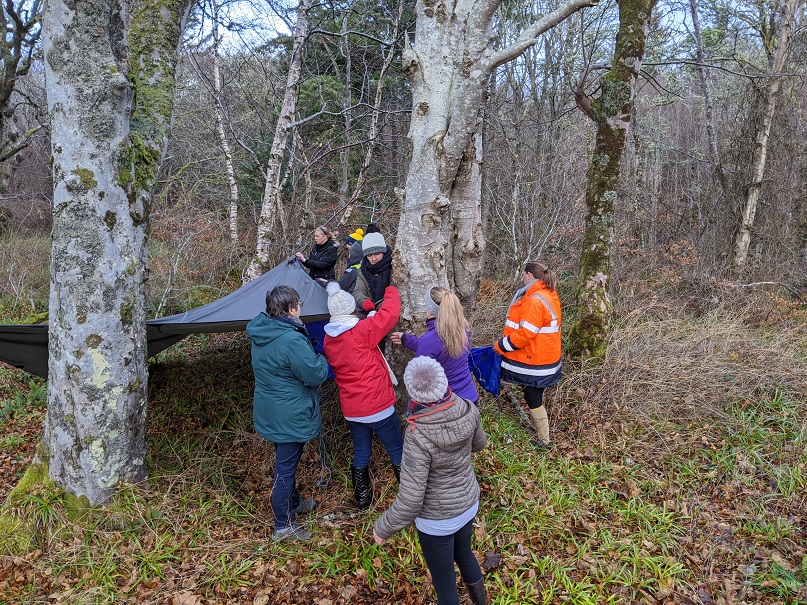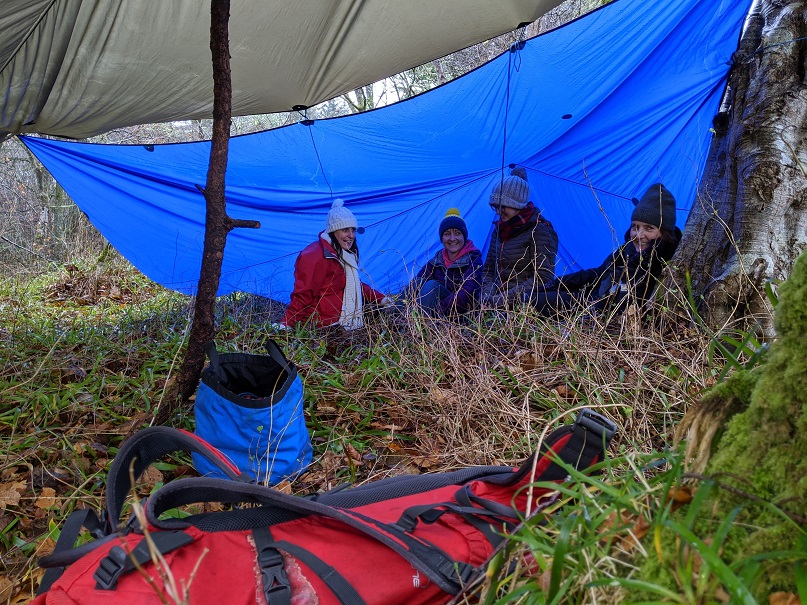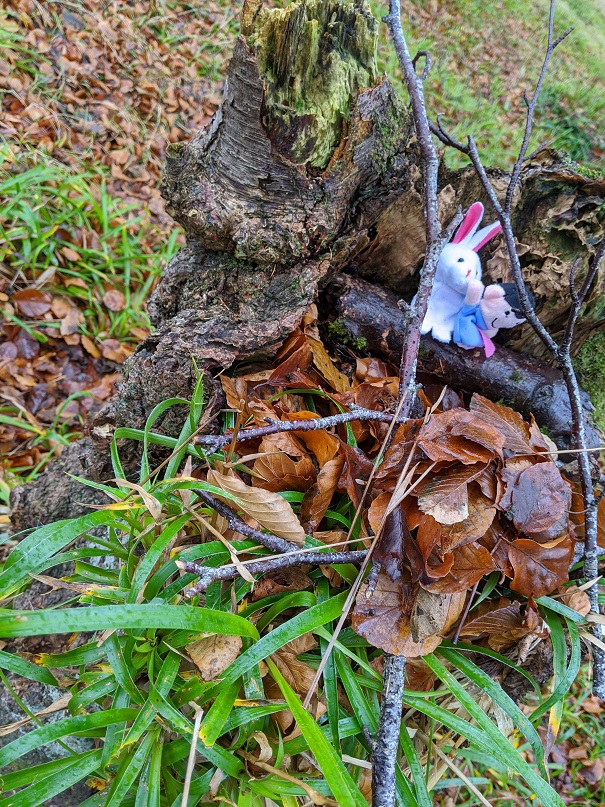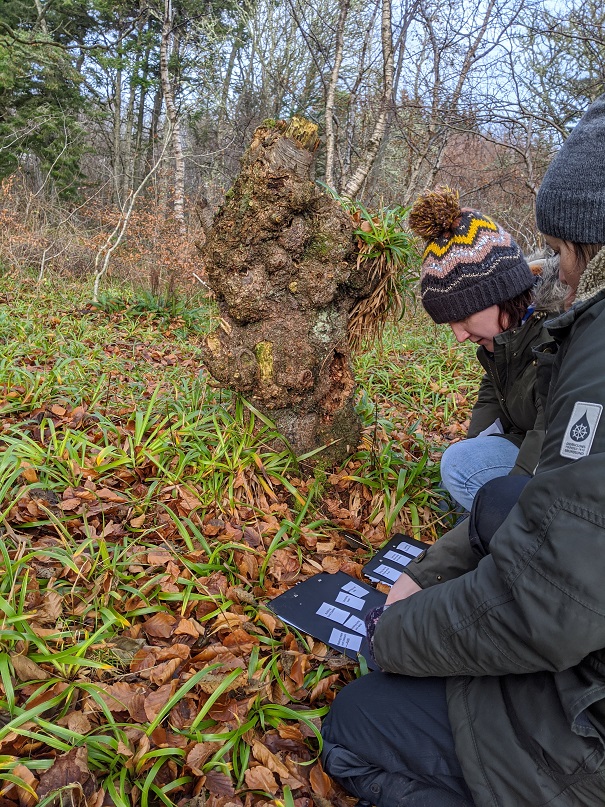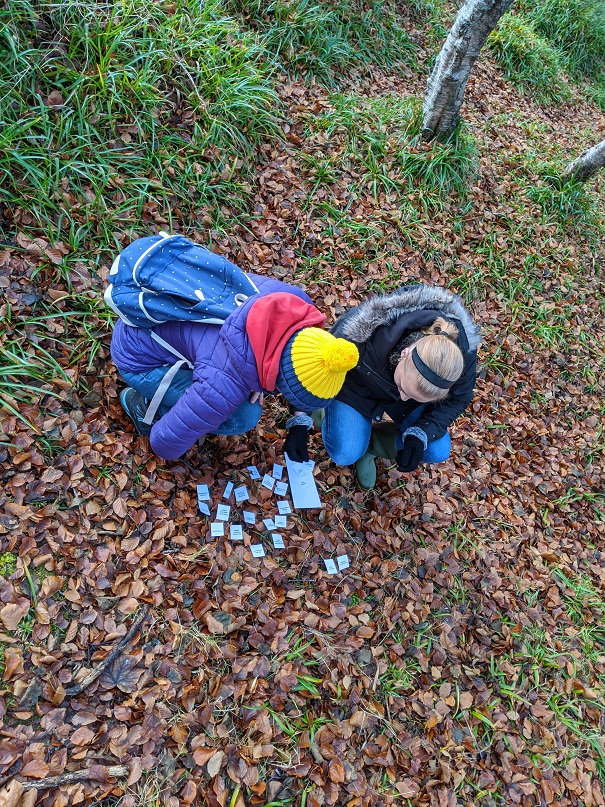Tha biotas furast gu lèor fhàs anns an gàrradh, agus ‘s e fear dha na glasraich as fhèarr leinn a th’ ann. Tha do 5-gach-latha cudrothmach agus biotas blasta agus math dhut. ‘S urrainn dhuibh an cleachdadh ann am brot, cèicichean, an ròstadh neo fiù ‘s ann an salad. Tha e còrdadh riumsa biatas a chur air forc agus an ithe mar ‘lollipop’.
‘S e glasrach sgoinneil a th’ann airson fàs le clann, oir tha sìol aige mòr agus furast gu leòr a chuir sgàth ‘s nach eil è ro dhuilich airson corragan beaga an togail. Tha e a’ fàs as fhèarr ann am talamh le beagan stuth-mathachaidh troimhe, ach fàsaidh e ceart gu leòr ann an diofar seòrsan de pholl le beagan cuideachadh. Mar eisempleir, ma tha ur talamh ro shearbh, cuiridh beagan aol sin ceart dhuibh. Fàsaidh biotas as fhèarr nuair nach eil e faisg air planntaichean eile, dèan cinnteach gu bheil rùm gu leòr timcheall air gus am fàs e. Chan fheum thu fiù ‘s a chuir dhan an talamh ann an gàrradh, tha e comasach fàs ann an soitheach a choireigin!
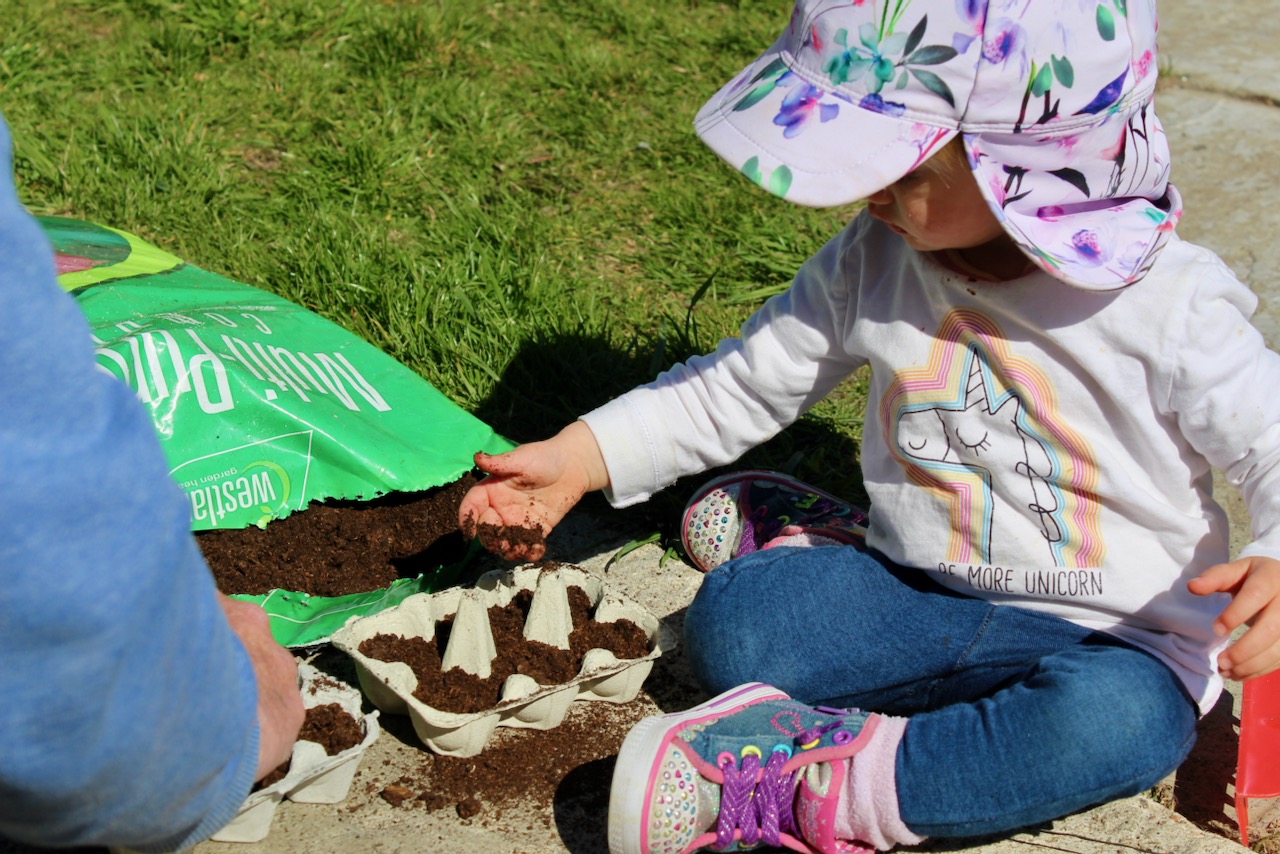
Ma tha sibh airson misneachd a thoirt don òigridh a’ tha sibh a cuideachadh sa gharradh, ‘s e biotas deagh thaghadh airson seo a’ dhèanamh. Tha e furast’ gu leòr a’ phlanntadh, agus fàsaidh e a mhòr chuid dhan an tìd’. Bheir e beagan ùine gus am faic sibh e briseadh tron an talamh, ach na gabh dragh oir tha e fhathast a’ fàs ged nach faic sibh e!
Chleachd sinne bucais-uighean. Thagh sinn iad seo gus am b’ urrainn dhuinn am planntadh dhan talamh as deidh druiseag bheag fàs, ach mar nach eil rùm agaibh airson sin a’ dheanamh ni soitheach meadhanach mòr an aon rud. An toiseach feumaidh sibh beagan poll anns gach pìos dhan am bucas. Cuidichidh làmhan beag leis an seo co-dhiù!
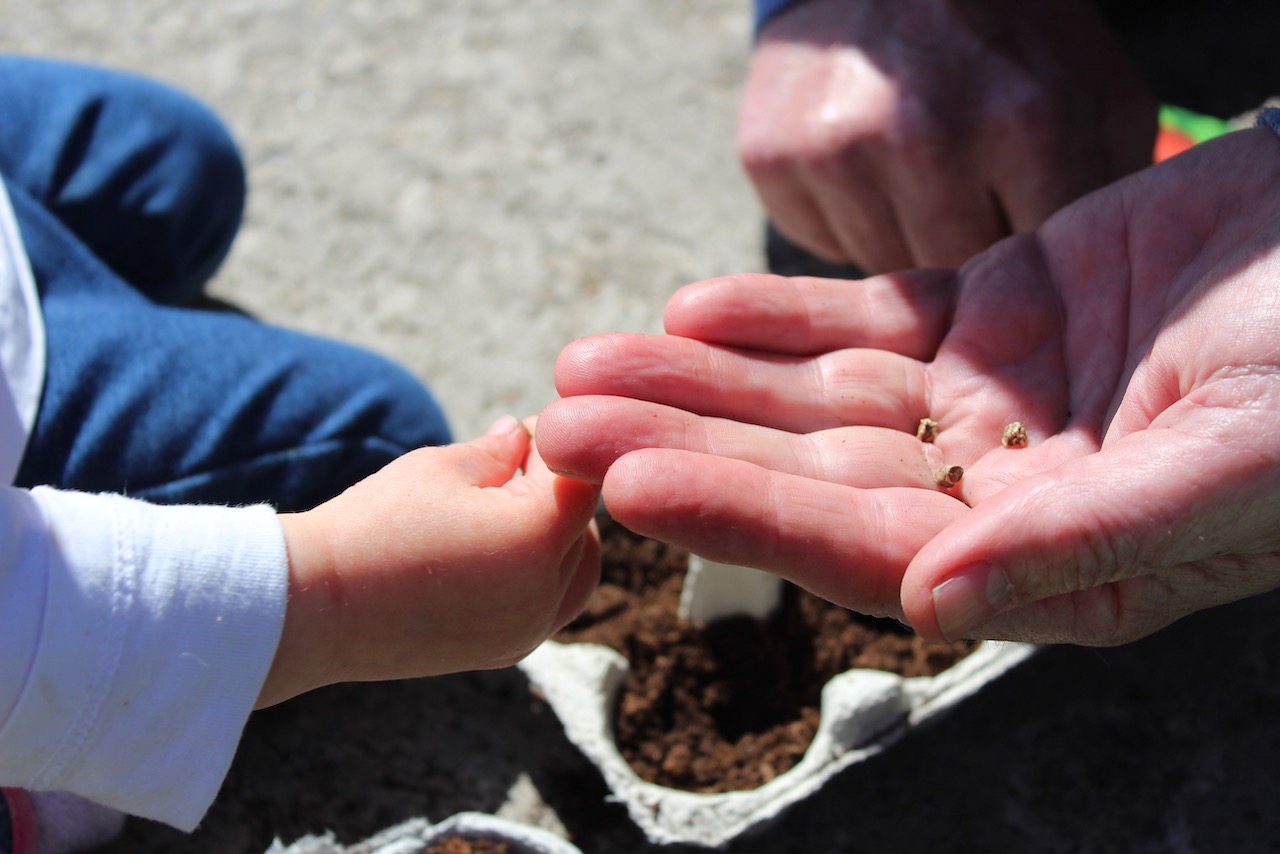
Mar a chì thu an seo, tha mìol biotas mòr gu leòr ‘s gun tog nan làmhan beaga iad an airde cuideachd. Feumaidh sibh aon phìos mìol anns gach roinn den bhucas. Cuir gach pìos mìol am meadhan am poll agus brùth sios air le ur chorrag mus cuir sibh poll air a mhullach. Tha sin furast’ gu leòr airson làmhan beaga ur cuideachadh.
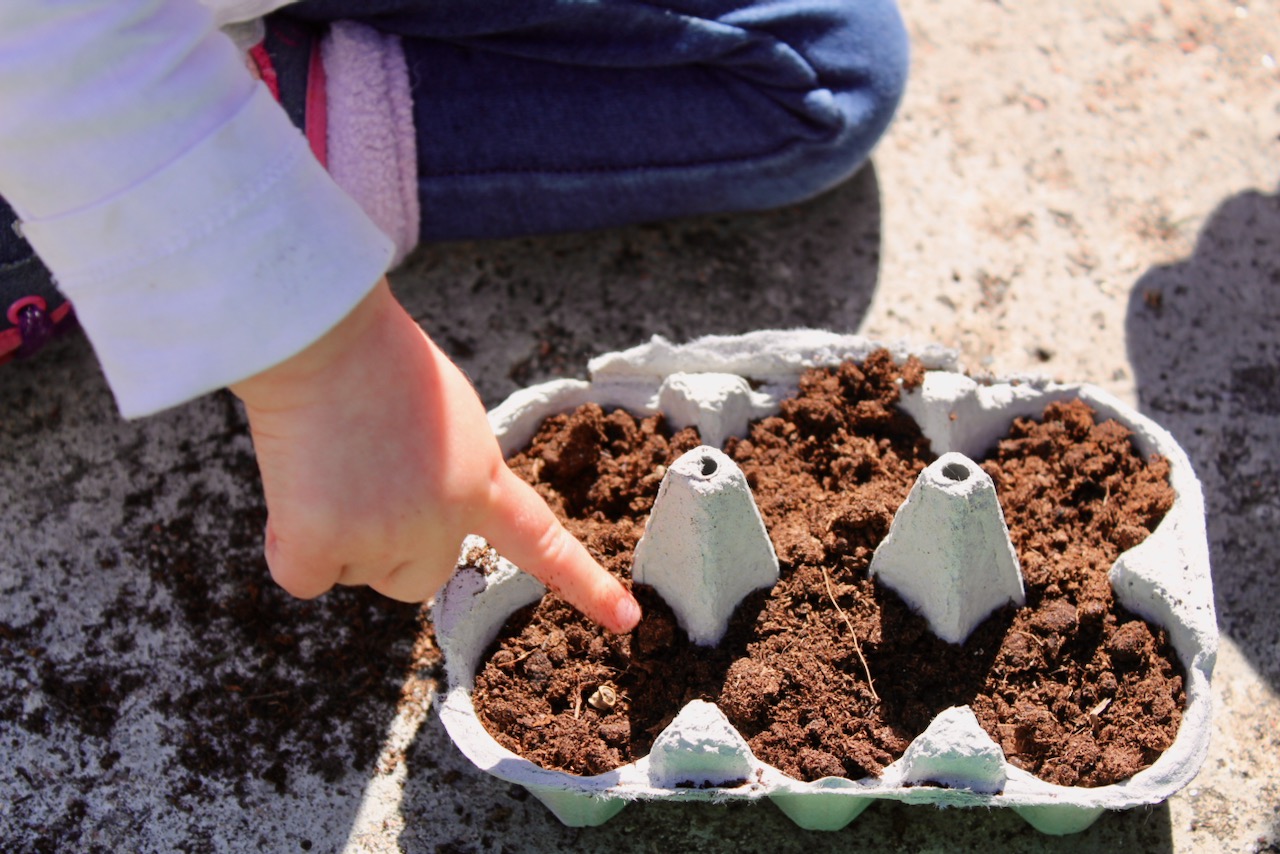
Bu chòir don bhiotas ginideachadh ann an ceithir latha deug, agus chì thu duilleagan beag as deigh timcheall air trì latha aig a ‘char as tràithe. Chan fheum thu ach bùrn a chuir air turas neo dhà gach seachdain gus nach fàs iad tioram. Nuair a tha nam biotas a briseadh tron am poll chì thu duilleagan beag purpaidh.
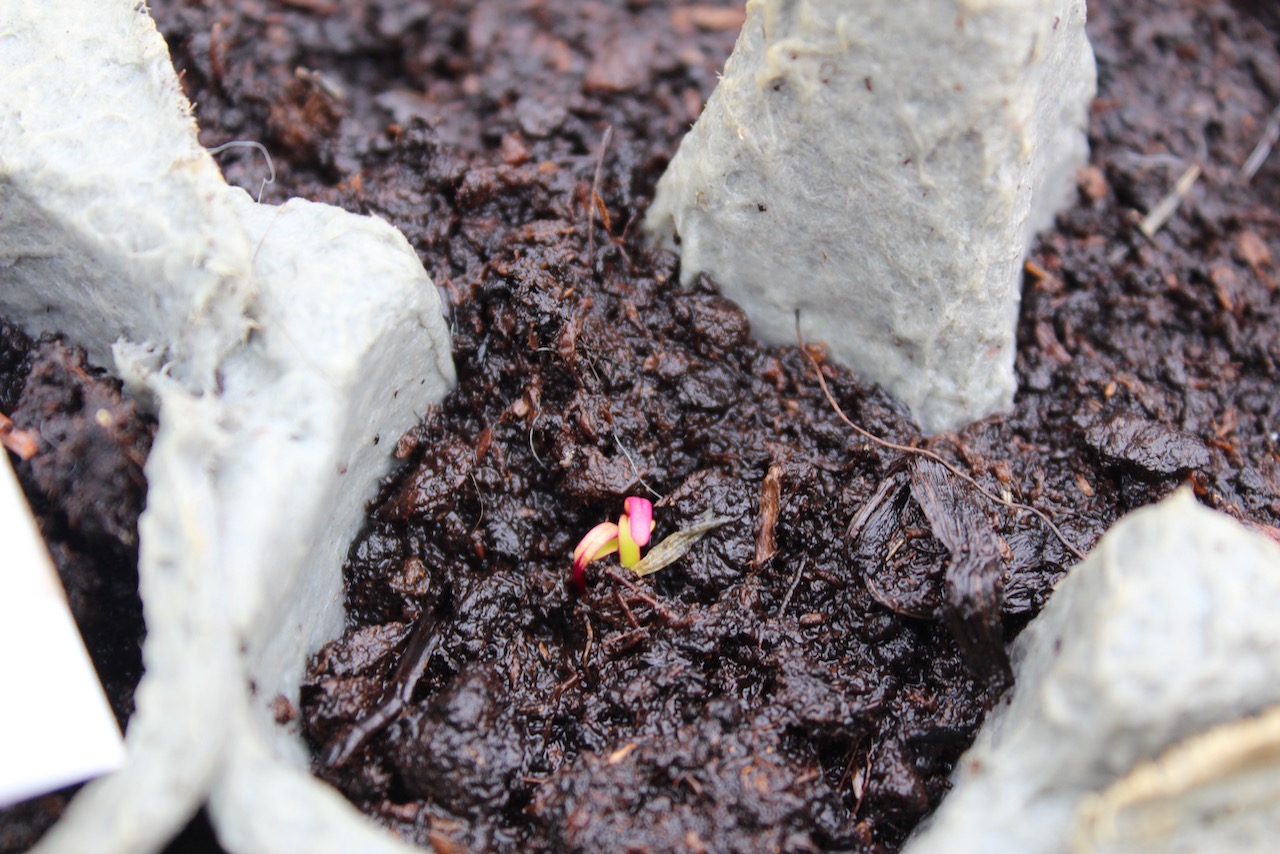
Timcheall air an àm seo, ‘s e dèagh smuain a th’ ann nam biotas a ghluasad gu àite anns a bheil beagan a bharrachd rùm. Mar eisempleir, ma tha beagan gàrradh agaibh, geàrr an airde na bucais-uighean agud cuir iad dhan an talamh ann am plota beag. Mar nach eil comas gàrradh agaibh, nì bucas mor le poll a chùis cuideachd! Brisidh nam bucais-uighean sìos oir tha iad bith-chnàmhach co-dhiù.
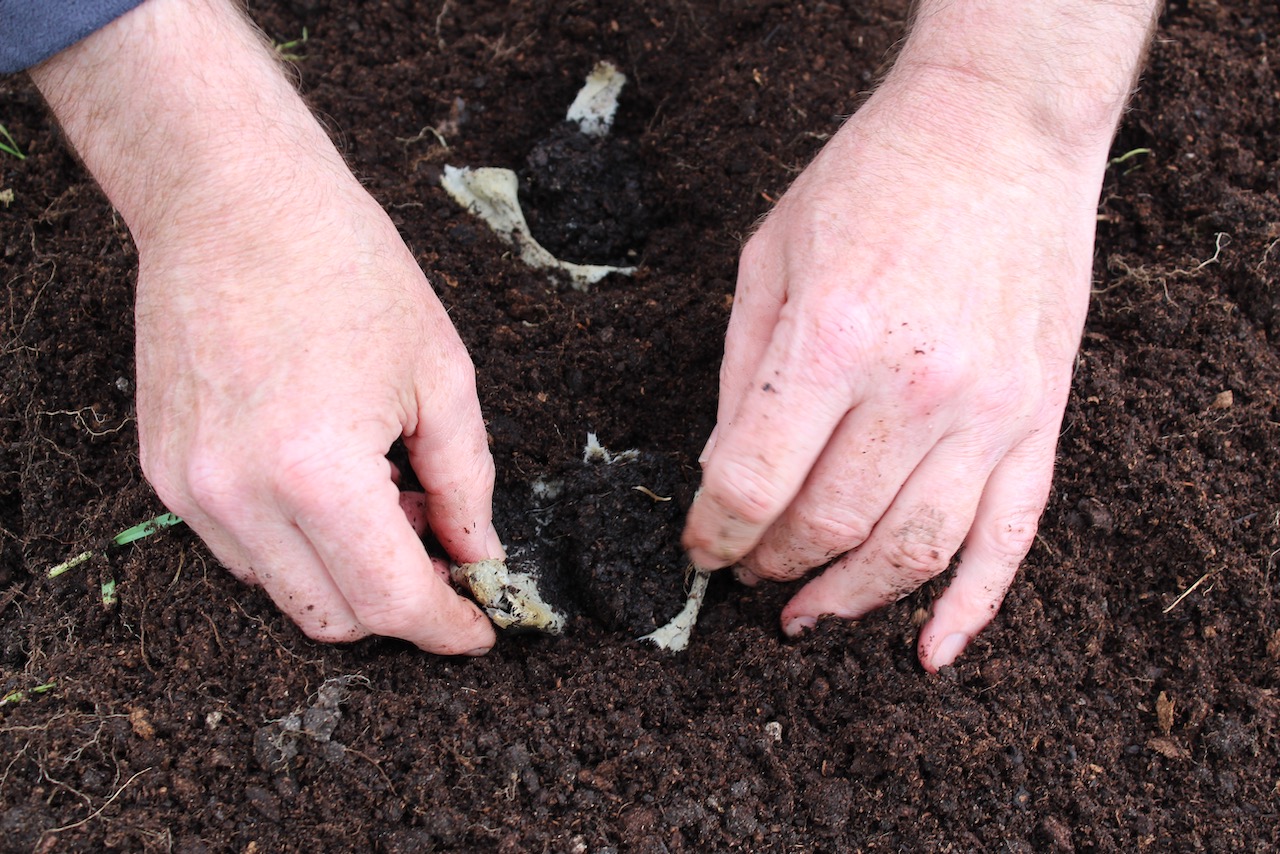
Leis an seo deànt, chan fheum sibh ach air burn a chuir air ur biotas bho àm gu àm, agus cumail sùil air mar a tha iad a fàs thairis air ùine.

































